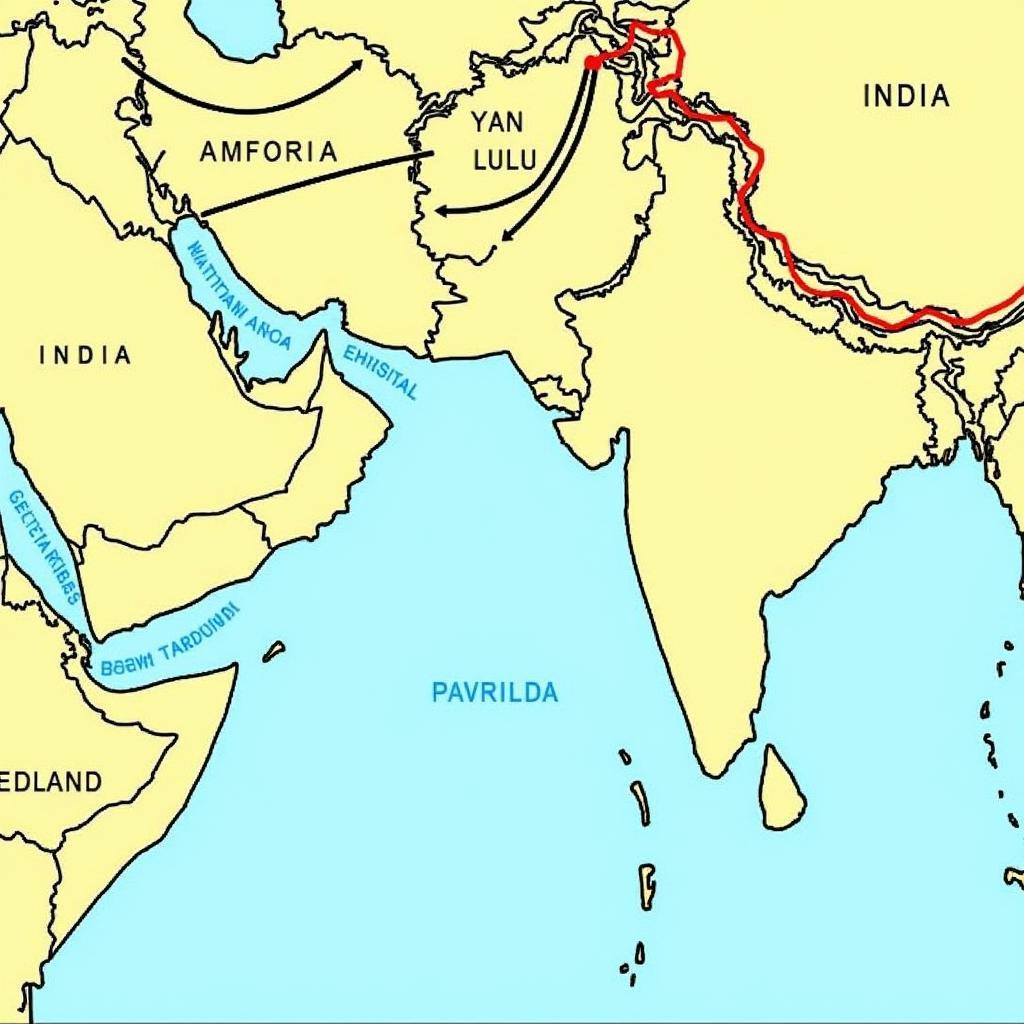Unveiling the Myths of African Harem Dancers
The term “African Harem Dancers” often conjures up exotic and often inaccurate images fueled by Orientalist fantasies. While the concept of a harem exists in some African cultures, it’s crucial to understand its historical and cultural context, separating fact from fiction and appreciating the diverse dance traditions across the continent. It’s important to avoid generalizations and recognize the unique customs and practices of each region.
The Reality Behind the “African Harem”
The word “harem” itself is derived from Arabic and refers to the women’s quarters in a Muslim household, traditionally associated with seclusion and exclusivity. In some African societies influenced by Islam, particularly in North and West Africa, similar structures existed, but they varied significantly in their function and social implications. These were not simply places of entertainment but rather complex social spaces where women lived, worked, and maintained social hierarchies. The idea of “harem dancers” as solely entertainers is a Western construct that overlooks the multifaceted roles women played within these environments.
Dance in African Courts: Beyond Entertainment
Dance has always held a prominent place in African cultures, serving diverse purposes from religious rituals and storytelling to social celebrations and political displays. In royal courts across Africa, dance played a vital role in ceremonies, entertaining guests, and communicating messages of power and prestige. While some dances were performed by women residing within the royal household, these performances were often embedded within broader cultural and social contexts and should not be conflated with the romanticized image of “harem dancers.”
The Diversity of African Dance Traditions
Africa boasts a rich tapestry of dance forms, each with its own unique style, rhythm, and significance. From the energetic and acrobatic dances of East Africa to the rhythmic and vibrant movements of West Africa, the continent’s dance traditions reflect its diverse cultures and histories. These dances are often deeply intertwined with music, storytelling, and spiritual beliefs, and they play an integral role in community life.
Exploring Regional Variations in Dance
While generalizations about “African dance” can be misleading, it’s worthwhile exploring the distinct characteristics of different regional styles. For example, the dances of West Africa are often characterized by polyrhythmic drumming and intricate footwork, while East African dances may incorporate elements of acrobatics and martial arts. Understanding these regional variations is essential to appreciating the vast diversity within African dance traditions.
The Impact of Colonialism and Orientalism
The Western perception of “African harem dancers” has been heavily influenced by colonialism and Orientalism. These ideologies often distorted and exoticized African cultures, creating stereotypes that persist to this day. It’s crucial to deconstruct these narratives and understand how they have shaped our understanding of African history and culture.
Reclaiming Authentic Narratives
By exploring authentic historical accounts and engaging with contemporary African artists and scholars, we can challenge these stereotypes and gain a more nuanced understanding of the diverse realities of African Life. It’s essential to move beyond simplistic representations and appreciate the depth and complexity of African cultural expressions.
Conclusion: Moving Beyond Stereotypes of African Harem Dancers
The term “African harem dancers” is a loaded phrase that often perpetuates harmful stereotypes. By understanding the historical and cultural context of dance in Africa, we can appreciate the rich diversity of its traditions and move beyond simplistic and often inaccurate representations. Let’s embrace the complexity of African cultures and celebrate the vibrant expressions of its people.
FAQ
- What is the origin of the term “harem”? (The term “harem” originates from Arabic and refers to the women’s quarters in a Muslim household.)
- What role did dance play in African courts? (Dance played a vital role in ceremonies, entertainment, and communicating messages of power and prestige.)
- How has colonialism impacted the perception of African dance? (Colonialism has often distorted and exoticized African cultures, creating stereotypes.)
- What are some examples of regional variations in African dance? (West African dances often feature polyrhythmic drumming and intricate footwork, while East African dances may incorporate acrobatics.)
- How can we learn more about authentic African dance traditions? (By exploring historical accounts and engaging with contemporary African artists and scholars.)
- What are some common misconceptions about “African harem dancers”? (The concept often perpetuates stereotypes of exoticism and overlooks the diverse roles women played in these settings.)
- What is the significance of dance in African cultures? (Dance serves diverse purposes, from religious rituals and storytelling to social celebrations and political displays.)
Need Help?
For further information or assistance, please contact us:
Phone: +255768904061
Email: kaka.mag@gmail.com
Address: Mbarali DC Mawindi, Kangaga, Tanzania
Our customer service team is available 24/7.
See also: Exploring the Rhythms of Africa, The History of Traditional African Music, African Art and its Cultural Significance.
